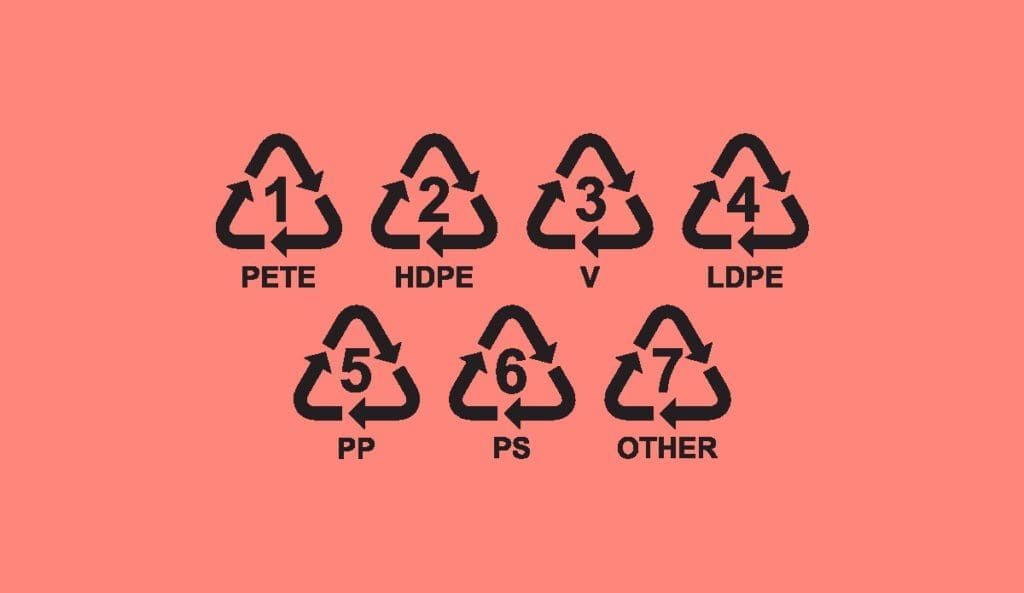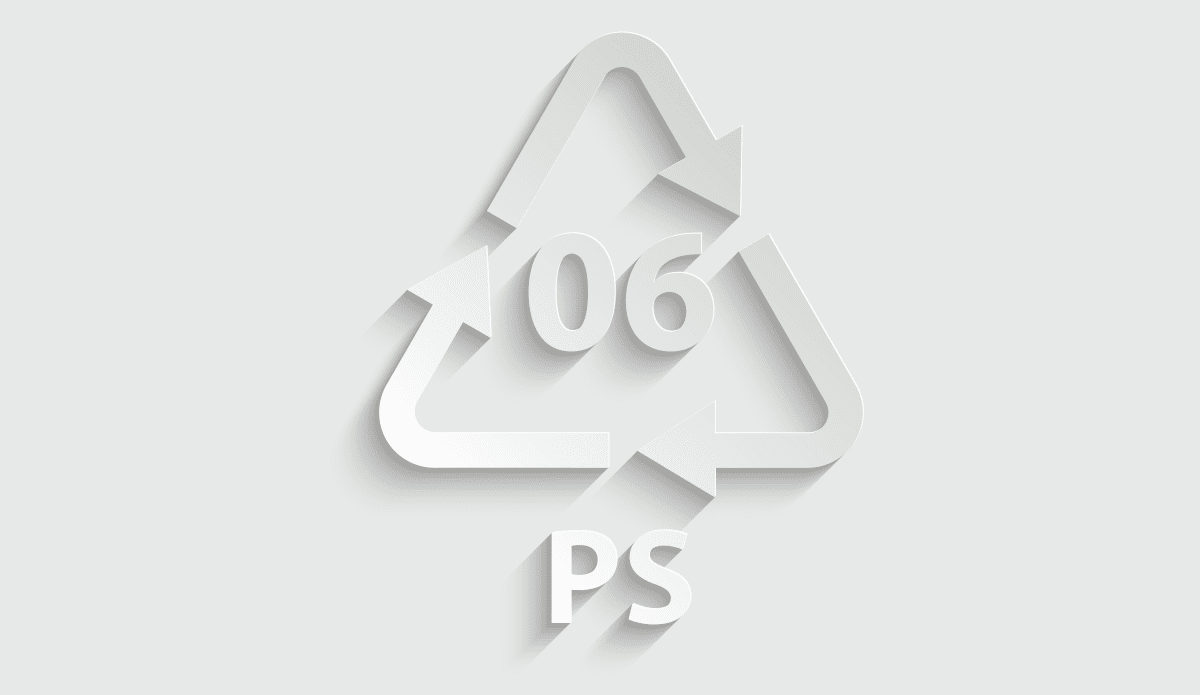- Home
- About
- Products
-
-
- Plastic Bottles
- HDPE Boston Bottles
- HDPE Dallas Bottles
- HDPE Flask Bottles
- HDPE Standard Bottles
- HDPE Wide Neck Bottles
- LDPE Boston & Standard Bottles
- LDPE Dallas Bottles
- LDPE Flask Bottles
- LDPE Squeezy Bottles
- PET Beverage Bottles
- PET Boston Fluted Bottles
- PET Cosmo Bottles
- PET Foaming Bottles
- PET Squeezy Bottles
- PET Standard Bottles
- Pumps
- Plastic Bottles
-
- News
- Contact
Skincare: Choose the Right Material for your Packaging
- 8 August 2023
- By: Allison Davies

HDPE is a type of plastic that is ideal for skincare packaging. It’s stable, robust, and can be recycled endlessly in NZ.
Skincare packaging is an important consideration not only for branding, but also to ensure the quality of the product. Skin care formulations need to remain safe to use, maintaining their original consistency and effectiveness. This means the containers need to be resistant to chemicals, retain airtightness while on the shelf, be able to withstand hot and cold temperatures without leaching chemicals or altering shape, and all while looking great.
There is an answer, and it is HDPE.
Why is HDPE Ideal for Cosmetics and Skincare?
High density polyethylene (HDPE) is a strong, mouldable, and easily recyclable (number 2) plastic. It is common in shampoo, conditioner, and moisturiser bottles. It is soft but retains its shape, not folding or collapsing. This makes it ideal for varied applications, but it has a number of qualities that make it good especially for hair and skincare products.
- It is resistant to corrosion from chemicals, especially acids, acetones, or alcohol. Its formulation means that the plastic doesn’t leach or degrade when it comes into contact with active ingredients in skincare
- It is easily mouldable and retains its shape well, so if your brand needs uniquely shaped bottles, HDPE can achieve this
- It retains its original shape, ideal with shampoo, conditioner, and moisturiser bottles
- It works well with a number of closures so you can choose the method that works best for your product, whether it’s a pump bottle or screw on lid
- Can be opaque or transparent, so it can be clear to allow consumers to see the product, or coloured to block the light and increase longevity
- It can come in many colours. This means your branding is perfect, and you can use the packaging to help catch the eye of customers
- It is easily recycled, (number 2) which can help your organisation to reach any environmental goals or standards you may have
- It is a more affordable option, and easily available in NZ
Overall, it’s a highly durable option that keeps your product safe for use.
There is one main limitation; some fragrance and essential oils can degrade the plastic, causing the bottle walls to collapse and suck in.
What Are the Alternatives to HDPE?
- Glass: Glass is elegant and recyclable, but it has a number of downsides. It breaks easily, which can result in product damage and loss. It’s heavy to ship and requires extra cushioning in transit, making it more expensive in transit.
- Polyethylene Terephthalate Plastic: PET is lightweight, rigid, and durable, and it is totally clear. It’s highly recyclable if not coloured or adulterated.
- Low-Density Polyethylene: LDPE is great for a squeezy type bottle, as it is soft and pliable. Acids or alcohols can decrease the shelf-life of the product.
- Polypropylene: PP is fabulous in a huge range of ways. It can be used for squeeze tubes for gels and lotions. It doesn’t leach, and is easily recyclable.
When Should You Choose HDPE Plastic for Cosmetics?
If you need pliable but firm packaging that is safe for a huge range of ingredients, the best option is HDPE.
We have a range of products that could be ideal for your needs:
- HDPE Boston bottle for liquids in white, in 60, 125, 250, 500, and 1000ml
- HDPE Dallas bottle for liquids in white, in 60, 100, 250, 500, and 1000ml
- HDPE wide necked 1L bottles in white
It’s important to remind your customers to rinse the packaging, remove the lid (and dispose or recycle it as per the local council) and recycle the container. This helps to ensure a recycling loop, and makes HDPE a better product for the environment.
If you need more assistance choosing the best packaging for your cosmetics, skin, or haircare product, contact us to chat. We have a wide range of lids and pumps, and a full range of options for every product. We want your customers to experience your product as best possible and that means getting the right packaging.
More News
There are many myths around polystyrene; we try to resolve a few of them, including that polystyrene is recyclable.



